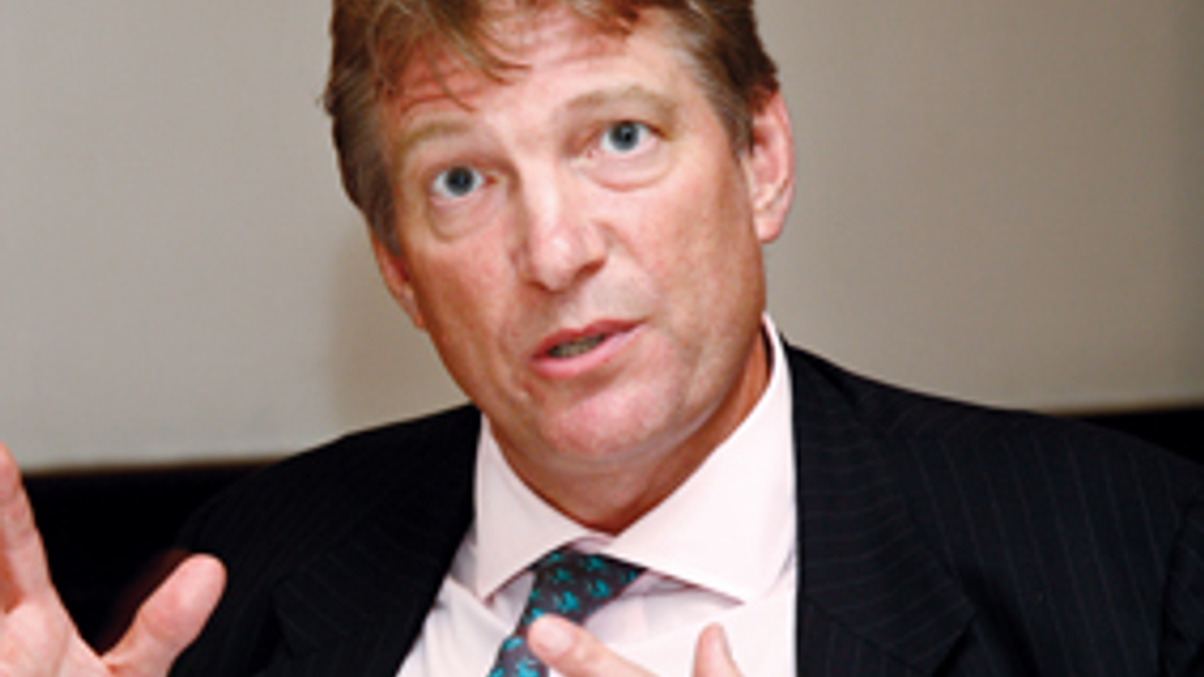Seeding for Asia-focused HFs tipped to surge
Enthusiasm for exposure to China, India and Japan provided impetus for record seeding in 2014 and that is forecast to continue, although it has yet to translate into inflows.

Market commentators are expecting the average value of seedings for Asia hedge funds to continue surging this year after hitting an all-time high in 2014.
Sign in to read on!
Registered users get 2 free articles in 30 days.
Subscribers have full unlimited access to AsianInvestor
Not signed up? New users get 2 free articles per month, plus a 7-day unlimited free trial.
¬ Haymarket Media Limited. All rights reserved.


